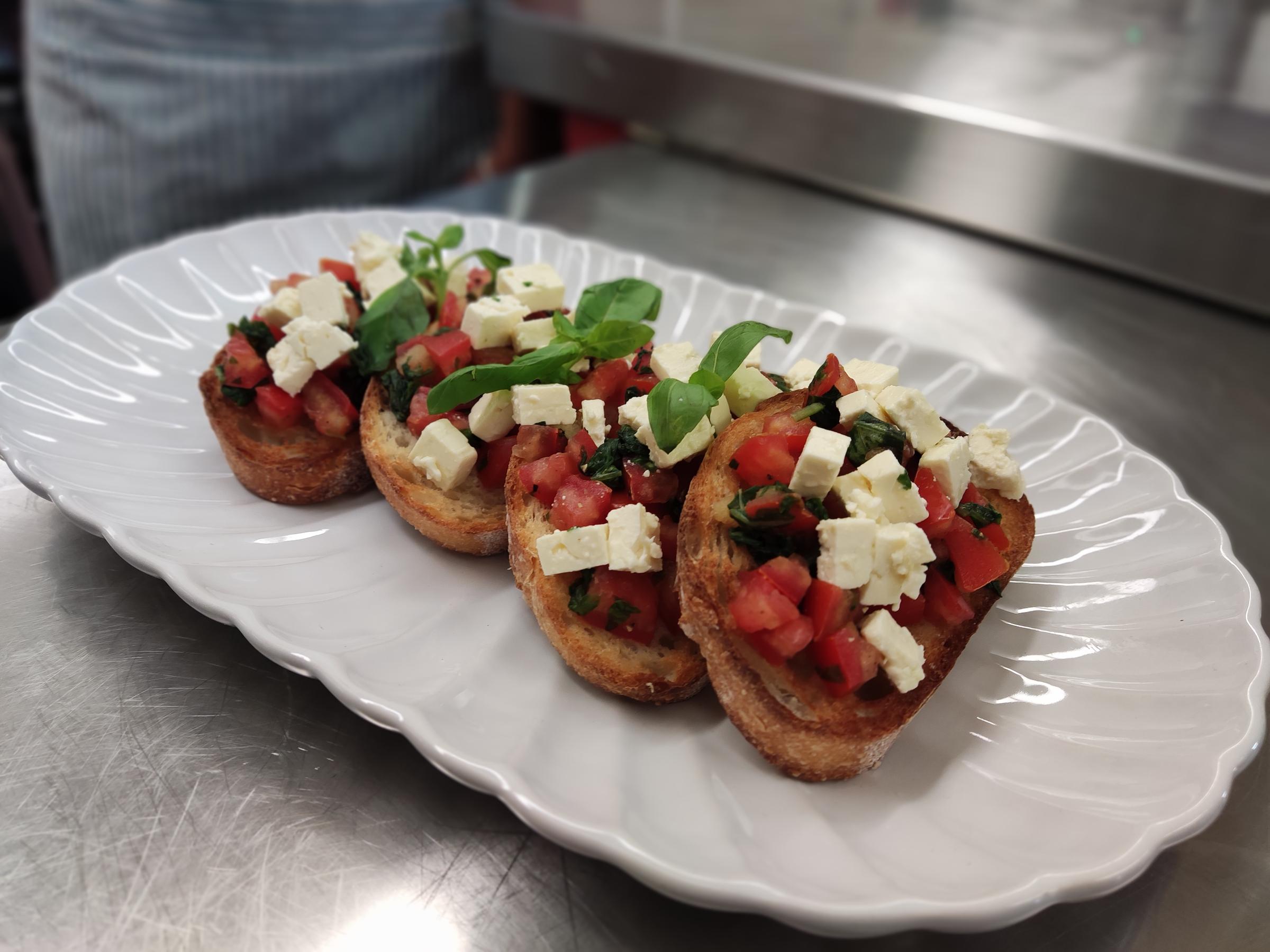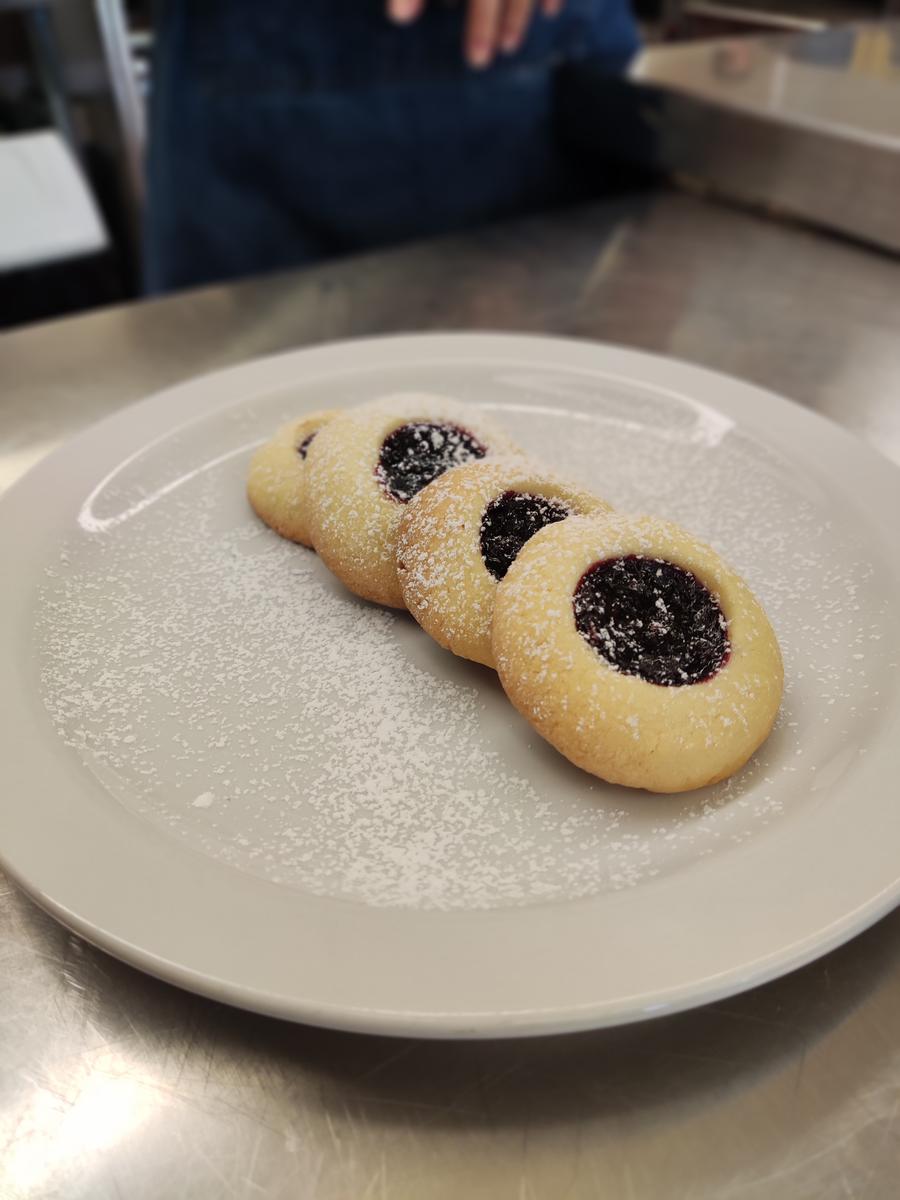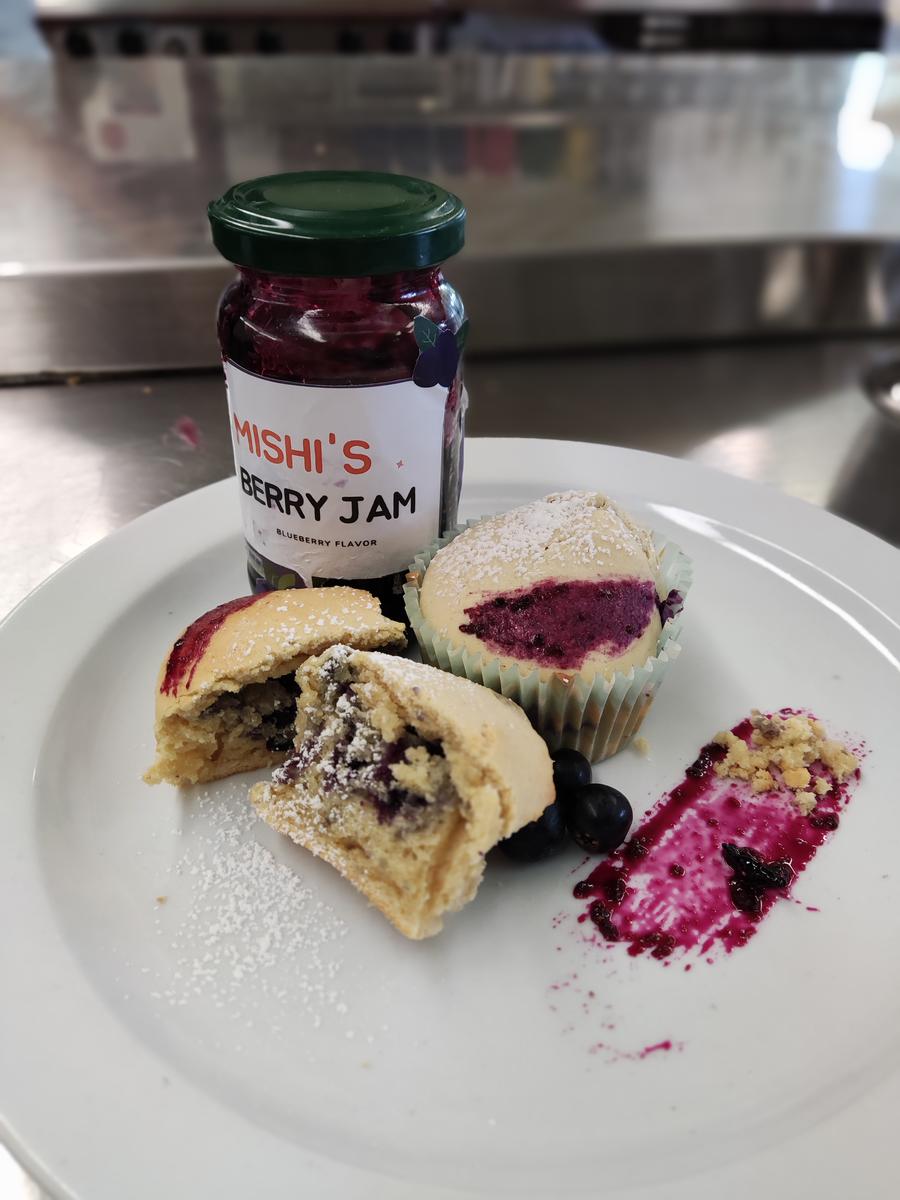A journey into the food & manufacturing industry

On 3 March, Year 12 Food Technology students finalised and presented their food manufacturing creations. Students had to investigate the food manufacturing industry and produce a range of different products. Investigating the food manufacturing industry is an essential part of any food science or culinary program.
By exploring the various products and processes involved in food manufacturing, students can gain a better understanding of how different food items are made and how they can be improved. Some products students made were sourdough, kimchi, yoghurt, and different types of jams all from scratch.
Sourdough is a type of bread that is made using a fermented dough that gives it a unique flavour and texture. Students learned about the fermentation process, the role of yeast and bacteria in bread-making, and how to create the ideal environment for sourdough to thrive.
Another product that students investigated is kimchi, a Korean fermented vegetable dish. Making kimchi involves a process like that of sourdough bread, but with a different set of ingredients and techniques. Students learned about the different types of vegetables and spices used in kimchi, how to balance the flavours, and the health benefits of fermented foods.
Yoghurt is another product that students made from scratch, which involves fermenting milk with the help of bacterial cultures. Students learned about the role of bacteria in food production, the conditions needed for bacterial growth, and how to create a smooth and creamy texture in yoghurt.
Finally, making jams from scratch was another excellent project for students to explore the art of preserving fruits. Students learned about the importance of using the right amount of sugar, the role of pectin in jam-making, ph., and temperature controls and how to sterilise jars to ensure safe preservation.
Overall, investigating the food manufacturing industry through hands-on projects is an excellent way for students to gain practical experience and knowledge in the field of food science and culinary arts.
Hear from our students
Michelle Prasad: “Making jam was an enjoyable process, as it involved working with fresh fruits and experimenting with different flavours and ingredients and having a lot of trial and errors within the making of jam as it can go rock hard due to the sugar burning or adding too much pectin making the jam go sour... To make jam, it's important to use high-quality fruit, sugar, and pectin (lemon justice and lemon zest), and to follow proper canning procedures to ensure the jam is safe to eat and can be stored for long periods of time. It's also important to experiment with different fruits, and sweeteners to find your own unique flavour combinations.”
Aniah Faatoatoa: “I made cherry jam. I found making the jam both fun and challenging. I made sure to test out the process of making the jam by first using fruits at home that I already had. I first used apples, and made an apple jam, which successfully turned into a jam-like texture, however, it was too sour. Before I made my cherry jam, I had to think of a recipe to make with my cherry jam. I decided to make crepes. Because I wanted to make crepes, I decided to modify the cherry jam, to make it appear more as a drizzle like texture for the crepes. Making the jam product multiple times allowed me to rethink the way I made it and allowed me to realise how each ingredient impacted the creation of the jam.”
Rehana Hallal: “Overall, making jam can be a fun and rewarding process, and there's nothing quite like enjoying a jar of homemade jam on toast or in a baked good. Just be sure to follow safety guidelines and use high-quality ingredients for the best results.”
Alexander Colussi
Food Technology and Hospitality Teacher



